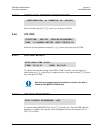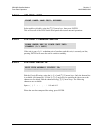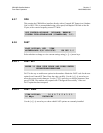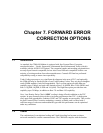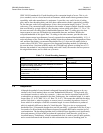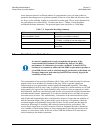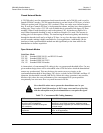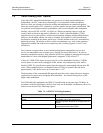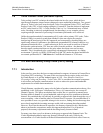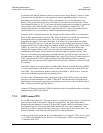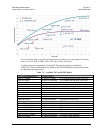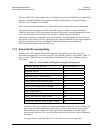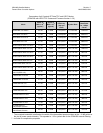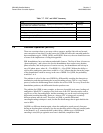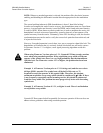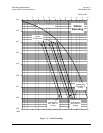
CDM-600 Satellite Modem Revision 7
Forward Error Correction Options MN/CDM600.IOM
7–6
7.6 Turbo Product Codec (Hardware Option)
Turbo coding is an FEC technique developed within the last few years, which delivers
significant performance improvements compared to more traditional techniques. Two general
classes of Turbo Codes have been developed, Turbo Convolutional Codes (TCC), and Turbo
Product Codes (TPC, a block coding technique). Comtech EF Data has chosen to implement
an FEC codec based on TPC. A Turbo Product Code is a 2 or 3 dimensional array of block
codes. Encoding is relatively straightforward, but decoding is a very complex process
requiring multiple iterations of processing for maximum performance to be achieved.
Unlike the popular method of concatenating a R-S codec with a primary FEC codec, Turbo
Product Coding is an entirely stand-alone method. It does not require the complex
interleaving/de-interleaving of the R-S approach, and consequently, decoding delays are
significantly reduced. Furthermore, the traditional concatenated R-S schemes exhibit a very
pronounced threshold effect – a small reduction in Eb/No can result in total loss of demod
and decoder synchronization. TPC does not suffer from this problem – the demod and
decoder remain synchronized down to the point where the output error rate becomes
unusable. This is considered to be a particularly advantageous characteristic in a fading
environment. Typically, in QPSK, 8-PSK and 16-QAM TPC modes the demod and decoder
can remain synchronized 2 – 3 dB below the Viterbi/Reed-Solomon or TCM cases
.
7.7 TPC and Low Density Parity Check (LDPC) coding
7.7.1 Introduction
In the past few years there has been an unprecedented resurgence in interest in Forward Error
Correction (FEC) technology. The start of this new interest has its origins in the work done
by Claude Berrou et al, and the landmark paper in 1993 - Near Shannon Limit Error
Correcting Coding and Decoding - Turbo Codes. FEC is considered an essential component
in all wireless and satellite communications in order to reduce the power and bandwidth
requirements for reliable data transmission.
Claude Shannon, considered by many to be the father of modern communications theory, first
established, in his 1948 paper A Mathematical Theory of Communication, the concept of
Channel Capacity. This places an absolute limit on how fast it is possible to transmit error-
free data within a channel of a given bandwidth, and with given noise conditions within that
channel. He concluded that it would only be possible to approach this limit through the use of
source encoding - what is familiar today as Forward Error Correction. He postulated that if it
were possible to store every possible message in the receiver, finding the stored message that
most closely matched the incoming message would yield an optimum decoding method.
However, for all but the shortest bit sequences, the memory required for this, and the time
taken to perform the comparisons, makes this approach impractical. For all practical
purposes, the memory requirement and the decoding latency become infinite.
For many years there were few advances in the quest to approach the Shannon Limit. The
Viterbi algorithm heralded a major step forward, followed in the early 1990s by the
concatenation of a Viterbi decoder with Reed-Solomon hard-decision block codes. However,



